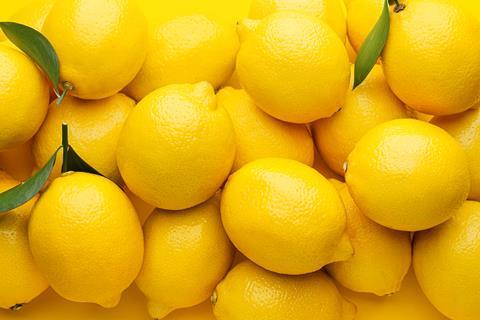Production volumes are projected to fall by 10 per cent in 2024/25
Low international prices have led to a contraction in lemon acreage in Argentina. According to industry data, production has fallen by around 500,000 tonnes in the last three years.

The latest estimate from the Obispo Colombres Agroindustrial Experimental Station (Eeaoc) estimates that this season’s crop will be 10 per cent lower than in 2023/24.
A recent report in La Gaceta said the lemon industry is experiencing an “unprecedented” crisis.
According to official reports, around 9,330ha are currently show some degree of neglect, and an additional 2,000ha were eradicated last year alone. Weather conditions were also not favourable for lemon production.
Given these two factors, the Tucumán crop is expected to weigh in at approximately 1.229mn tonnes, with an additional 230,000 tonnes coming from Salta and Jujuy. This would give a total crop for the Northwest region of 1.459mn tonnes, 10 per cent down o last season.
According to Eeaoc, Tucumán currently has 40,100ha of lemon trees two or more years old, distributed between the northern region, in the departments of Burruyacú and Tafí Viejo, and the remainder in the central and southern regions.
The same study shows that 32.4 per cent of all farms have plantations older than 20 years, while the remaining 67.6 per cent have plantations between two and 19 years old. Together with poor crop management due to underinvestment in inputs and/or labour, yields have suffered.
Tucumán is the world’s leading producer and exporter of lemons and accounts for approximately 80 per cent of the productive hectares in all of Argentina.



